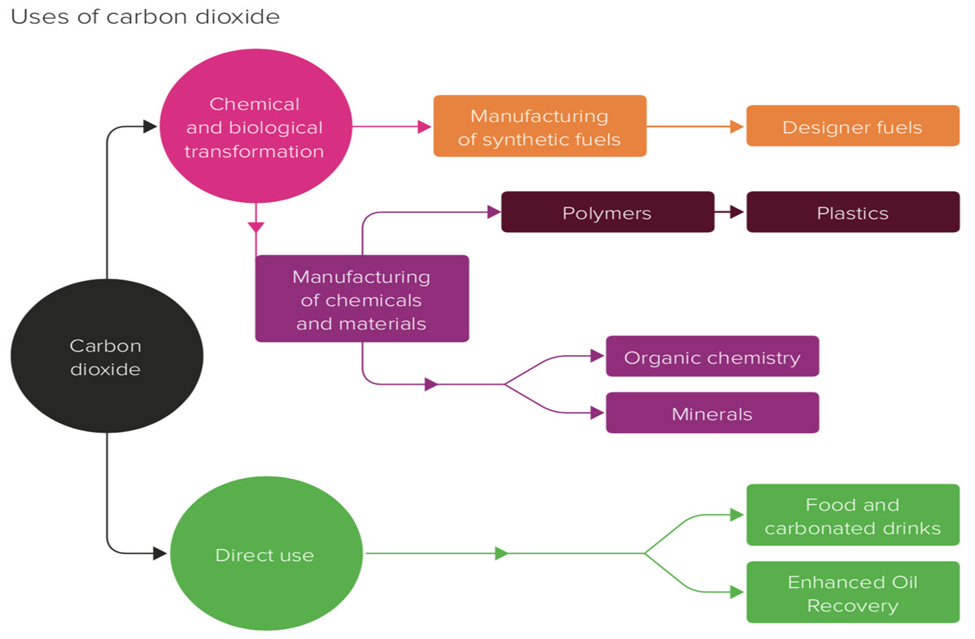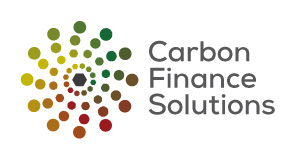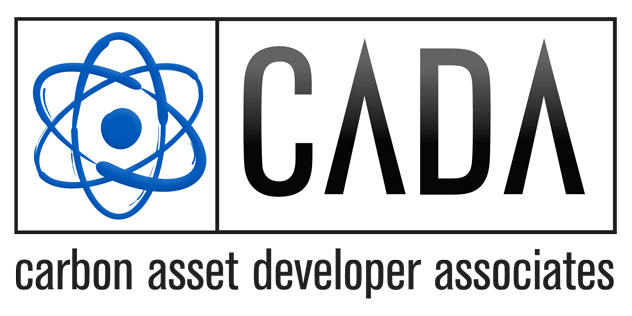Carbon Capture Utilization & Sequester
Concrete is the most widely used building material in the world, with around 14 billion tons produced each year. For good reason – it is affordable, accessible, and reliable. However, the production process emits an awful lot of carbon. By way of example, the production of Portland cement (a major component of concrete) requires large amounts of limestone to be dug out of the ground and crushed to a powder. That powder is heated to extremely high temperatures until it forms nodules of “clinker” which is then ground back to the powder that is cement. Crucially, when limestone is heated, it releases its carbon atoms and forms carbon dioxide. Almost one metric ton of carbon dioxide gets released into the atmosphere for every metric ton of cement manufactured.

CARBON CAPTURE UTILIZATION & STORAGE
Sustainability and sustainable development are expected to be key policy, strategy and project guiding considerations globally. The COVID-19 Pandemic further amplifies this importance, where economies and societies have been greatly impacted. As such, all economies (developing, emerging and recovering) would face a threefold energy challenge in the 21st century. Such a challenge would be meeting the energy needs of billions of persons while simultaneously participating in economic recovery coupled with the transition to low-carbon energy systems. Our triumph against this challenge can be largely dependent on how we respond to it in the short term (2020s).
Technologies such as renewable energy and chemical carbon sequestration can be plausible. However, in the context of the present economic situation and the need for economic recovery, these may not be as attractive as CCUS via Enhanced Oil/Gas Recovery (EOR/EGR), especially in the very short term. This is because this technology looks at net emission reduction while increasing production of valuable and dominant energy resources.
In both EOR and EGR, Carbon Dioxide can be utilised from industrial sources and injected into target reservoirs for various effects that can increase flow, productivity and increasing hydrocarbon efficiency. One potential industrial source that can be ideal for this opportunity is the process emissions from Liquefied Natural Gas (LNG) facilities. As LNG must have a minimum Carbon Dioxide composition for export, this gas is removed during the processing stages and often exist in waste streams with over 90% purity. This makes it attractive for use in EOR/EGR projects as separation resources and costs are significantly reduced.
When this gas is injected into reservoirs for EOR, typically more oil is produced via viscosity reduction. In the case of EGR, the injection results in increased natural gas production via displacement and through re-pressurisation and re-vaporisation in condensate reservoirs. Therefore, in both cases, emissions are avoided from the atmosphere (as some become permanently trapped in the reservoir) and more energy commodities are produced (to meet demands and for monetization).
AFFILIATIONS

Carbon Finance Solutions (CFS) was established in 2017 to assist in promoting transformational change toward low-carbon economies that are more resilient to global economic and climatic disruptions. We provide technical, policy and business advice relevant to low-carbon development in all sectors.
The founding partners have, between them, extensive experience in energy and climate change mitigation activities, as well as in the development and implementation of large assistance projects, through their activities worldwide (see links to the right). This experience, together with their carbon assets and wide-reaching networks, is now being made available to the Caribbean region.
Our main focus is on helping the private sector and governments in the Caribbean to navigate the complex world of financing low-carbon development, including accessing international sources of finance, and participating in international instruments such as Nationally Appropriate Mitigation Actions (NAMAs). We are also strong proponents of utilizing existing and new market mechanisms (i.e. carbon finance) to promote low-carbon development investments in the region.
Our solutions include the design, development and management of internationally accepted vehicles that can help to monetize your carbon assets (e.g. NAMAs, PoAs, and new market mechanisms), such as those listed to the right, that can contribute to supporting Caribbean countries in implementing their Nationally Determined Contributions (NDCs) under the Paris Agreement.
We provide technical support for project developers in monetizing their carbon assets (see under solutions) and to public sector agencies in providing the enabling environment for low carbon development activities to flourish.
Example services:
- Development of national MRV systems
- Training support for low-carbon development activities
- Development of NAMAs in the energy sector
- We provide technical, policy and business advice relevant to low-carbon development in all sectors
- We provide finance and investment development solutions that produce profits for our clients and environmental benefits to countries of the Caribbean region and, in the climate context, the world
- ESCO services to large electricity consumers
- Training support for NAMAs
- Identification and assessment of low-carbon investment opportunities
- Policy advisory services to national governments
